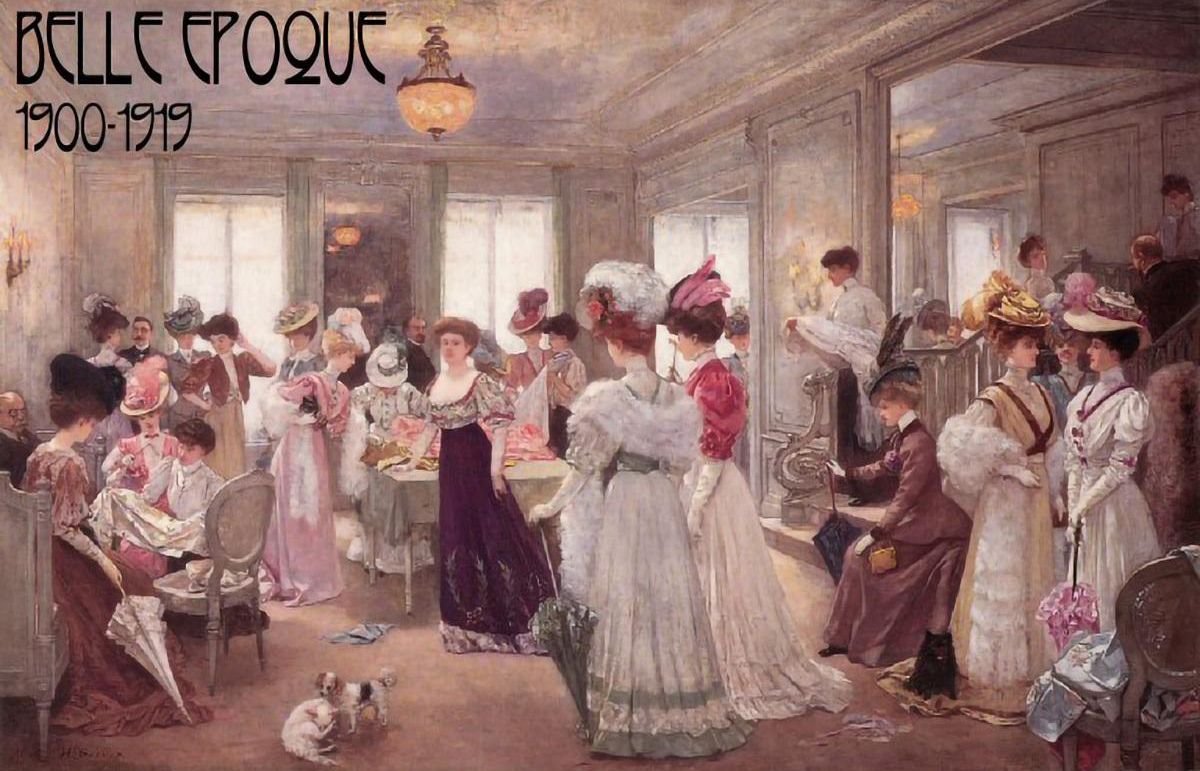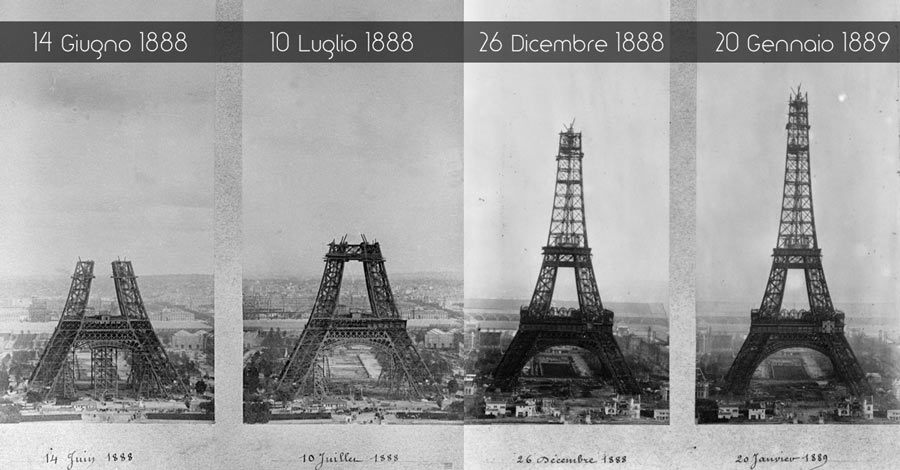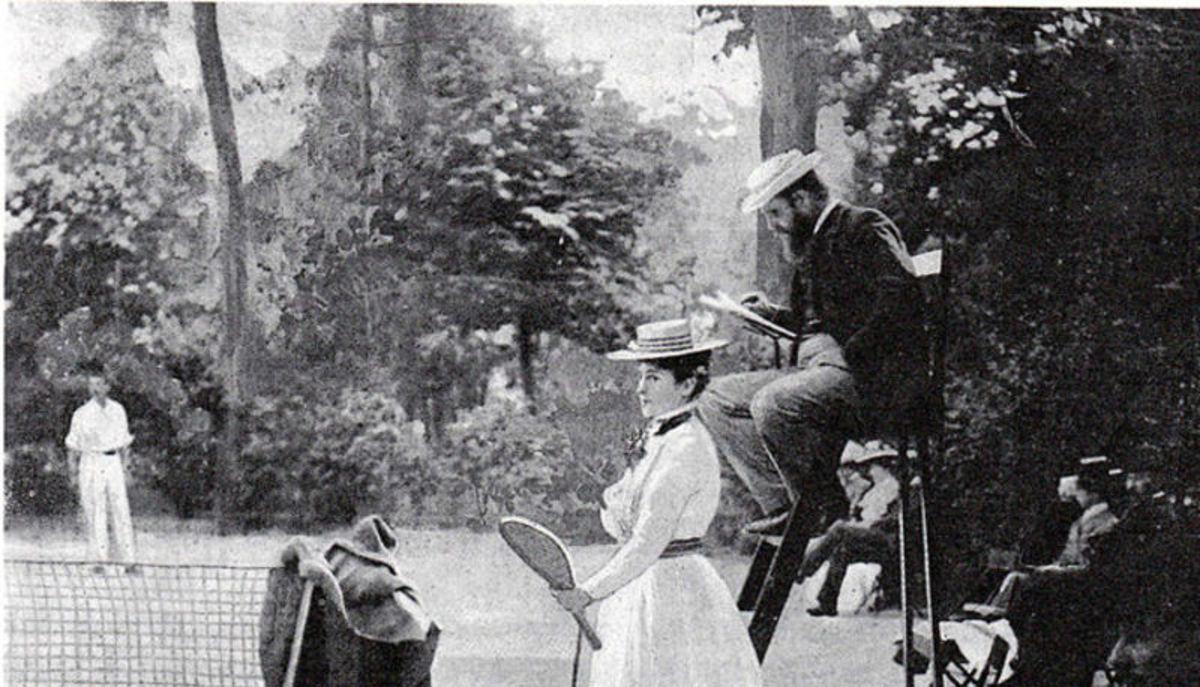
Have you ever wanted to travel back in time to immerse yourself in an era of glitz, innovation and limitless creativity? If the answer is yes, then you are in the right place to explore one of the most fascinating eras in history: La Belle Époque. In this journey through the art and culture of a bygone era, we will discover together its lasting impact on our society and the incredible artistic ferment that characterised it.
The Belle Époque: an era of great artistic and cultural ferment

The Belle Époque, which spanned approximately the end of the 19th century and the beginning of the First World War, was a period of luxury, optimism and rapid progress.
Europe was undergoing a period of drastic change, moving from tradition to modernity. Cities were expanding, industrialisation was advancing rapidly and with it came new forms of artistic expression.
A KALEIDOSCOPE OF ART AND CULTURE
In this golden age, art and culture were in full effervescence.
The artistic avant-gardes were making their way, embracing new ideas and perspectives, while the Impressionist movement was revolutionising painting, capturing the ephemeral and light in ways never seen before. Artists such as Claude Monet, Edgar Degas e Pierre-Auguste Renoir transformed canvases into open windows onto changing reality.
The Belle Époque was also the time when mass culture began to take hold.
The advent of the fast-growing printing press made it possible to spread ideas and information on a global scale. Art and literature magazines became popular, allowing creative works to reach a wider audience.
Visual arts, literature and even theatre became accessible to new strata of society.
THE TECHNOLOGICAL REVOLUTION, PHOTOGRAPHY AND SOCIAL CHANGE
Technological innovation played a crucial role in the evolution of the Belle Époque.
Photography, in particular, became an art form in its own right. Photographers explored new techniques and experimented with light and composition.
Famous photographers such as Henri Cartier-Bresson captured moments of everyday life with a unique gaze, fixing fleeting moments for eternity.
However, the Belle Époque was not only artistic splendour as it also reflected the social changes taking place. Women were beginning to claim their rights and their role in society. Art reflected this transformation, with artists such as Berthe Morisot challenging conventional norms by painting intimate scenes of women’s lives.
THE LASTING LEGACY OF THE BELLE ÉPOQUE
Although the Belle Époque era is long gone, its impact is still visible in our modern culture.
Optimism, the desire to experiment and the quest for beauty and innovation are values that still resonate today. The legacy of the Belle Époque is alive in the arts, in fashion and even in our mentality.
The Belle Époque was a period of extraordinary artistic and cultural ferment, when the world was undergoing an epochal transformation.
The main artistic currents of the Belle Époque, in fact, allowed art to open up to new perspectives, culture spread on a global scale and technological innovation opened doors towards new forms of expression.

In an era marked by social change and unbridled optimism, the Belle Époque still shines as a beacon of inspiration for today’s artists and thinkers. Through the memory of this golden age, we can continue to nurture our creativity and pursue the beautiful and the new, just as those who lived in those enchanted times did.
I invite you to further explore the works and stories of that era, and be inspired by the bold and innovative spirit of the Belle Époque. Its legacy lives on, ready to guide us along our artistic and cultural path.

